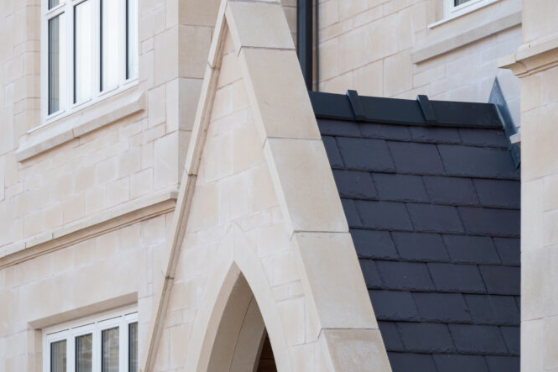Historic properties hold cultural, architectural, and emotional value that connects present generations with the past. Preserving these buildings requires specialized skills, as their construction often relied on techniques and materials not commonly used today. Among these methods, architectural stone masonry plays one of the most important roles. This craft ensures that the integrity, beauty, and authenticity of historic properties are maintained while allowing them to remain functional for years to come.
Understanding Architectural Stone Masonry
Architectural stone masonry refers to the practice of shaping, assembling, and repairing stone structures using traditional and modern methods. Stones have been one of the oldest construction materials in human history, chosen for their durability and timeless aesthetic. Unlike standard construction work, stone masonry requires precision and knowledge of both design and structure. When applied to historic properties, this skill is not just about construction but about conserving history in a tangible form.
The Significance of Stone in Historic Properties
Many historic landmarks, from cathedrals to castles, were built using stone because of its strength and resilience. These materials often outlast wood or brick, which makes them ideal for preserving history over centuries. The artistry in stone details, such as arches, pillars, and carvings, also gives historic properties their unique identity. Restoring these details through architectural stone masonry helps ensure that the cultural and artistic value of these buildings is never lost.
Restoring Original Beauty
Time, weather, and environmental factors can erode stonework, causing cracks, discoloration, and weakening of the structure. Skilled masons use careful restoration techniques to repair and sometimes replace damaged stones without altering the original appearance of the property. By matching stone type, texture, and color, architectural stone masonry preserves the historic charm and ensures that restorations blend seamlessly with the existing structure. This not only protects the building’s stability but also maintains its authentic aesthetic appeal.
Ensuring Structural Stability
Beyond beauty, stone masonry is essential for maintaining the strength of historic properties. Many old buildings were constructed with techniques that are no longer standard in modern construction. Preserving these requires a deep understanding of how stone structures carry weight and withstand natural elements. Experienced stone masons analyze the condition of walls, arches, and foundations before making precise repairs. By doing so, they prevent future damage and keep the building safe for ongoing use.
Balancing Tradition and Modern Solutions
While the goal of architectural stone masonry is to preserve original designs, modern tools and materials can sometimes assist in ensuring better results. For example, specialized mortars may be used that look traditional but offer improved durability. This balance between tradition and innovation allows historic properties to remain true to their origins while benefiting from advancements in construction technology. The result is a property that respects the past but can stand strong in the present and future.
Supporting Cultural Heritage
Every historic building tells a story about the people, communities, and events of its time. By maintaining these properties through architectural stone masonry, societies protect their cultural identity. Restored stonework allows visitors to experience history firsthand rather than just reading about it in books. These efforts also contribute to heritage tourism, where preserved buildings attract people from around the world who are eager to explore authentic architectural treasures.
Sustainability in Preservation
Preserving and restoring existing stone structures is also a sustainable practice. Instead of replacing old buildings with new construction, restoration extends their lifespan, reducing waste and the need for new materials. Stone itself is one of the most eco-friendly building materials because of its durability and natural origin. By investing in architectural stone masonry, communities not only save historic properties but also make environmentally responsible choices.
The Role of Skilled Craftsmen
At the heart of preservation is the expertise of skilled stone masons. Their training, often passed down through generations, equips them with the ability to read the history of a building through its stonework. Their careful craftsmanship ensures that every restoration respects the property’s heritage. Without their dedication, many historic properties would lose their original character and authenticity.
Conclusion
Preserving historic properties is not just about maintaining old buildings; it is about safeguarding cultural identity, artistry, and history. Architectural stone masonry plays a vital role in this effort by restoring original beauty, strengthening structures, and balancing tradition with modern solutions. Through the work of skilled craftsmen, historic properties continue to inspire, educate, and connect people with their heritage. As communities recognize the value of these properties, investing in proper stone masonry ensures that history remains alive for generations to come.




